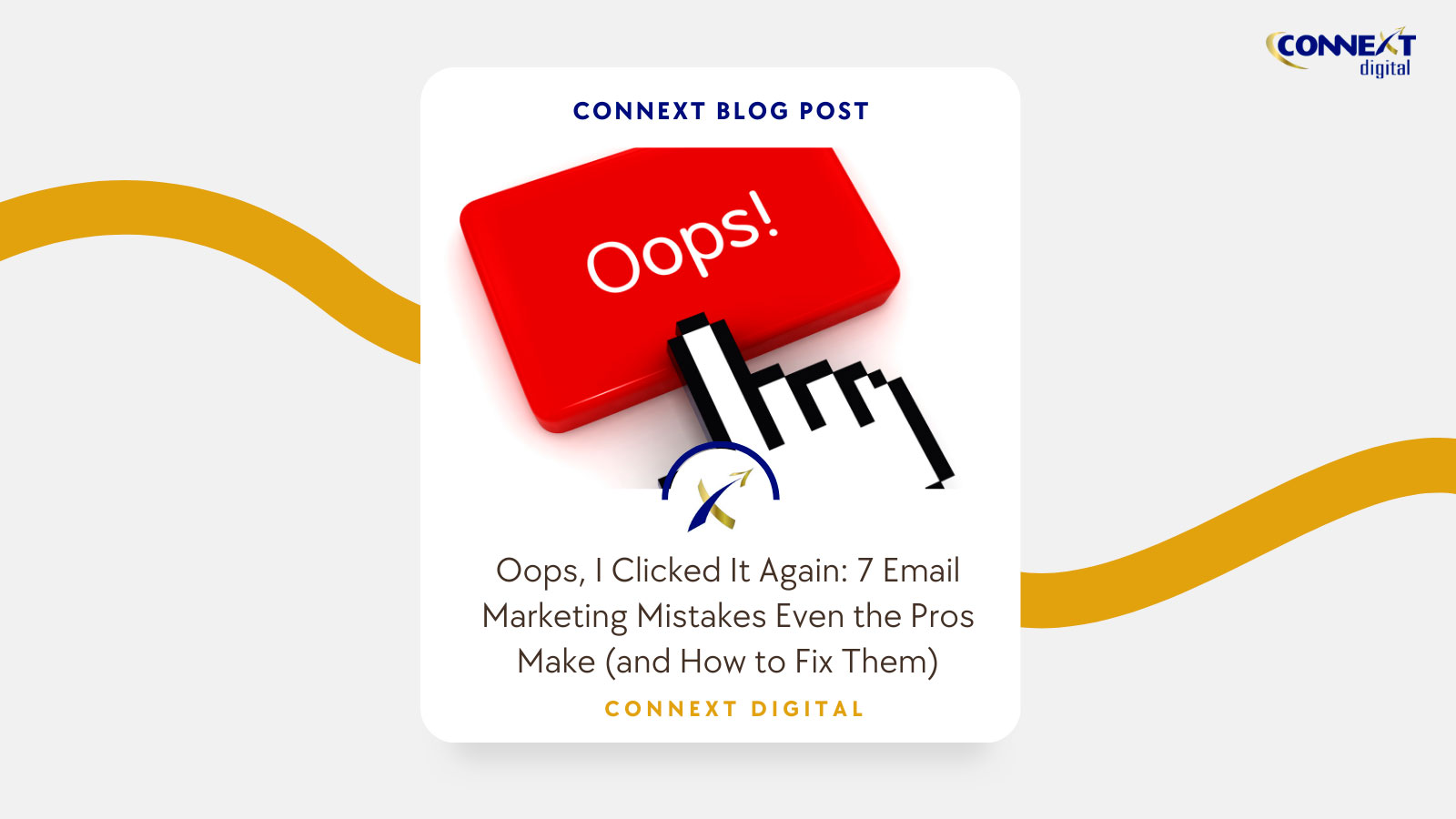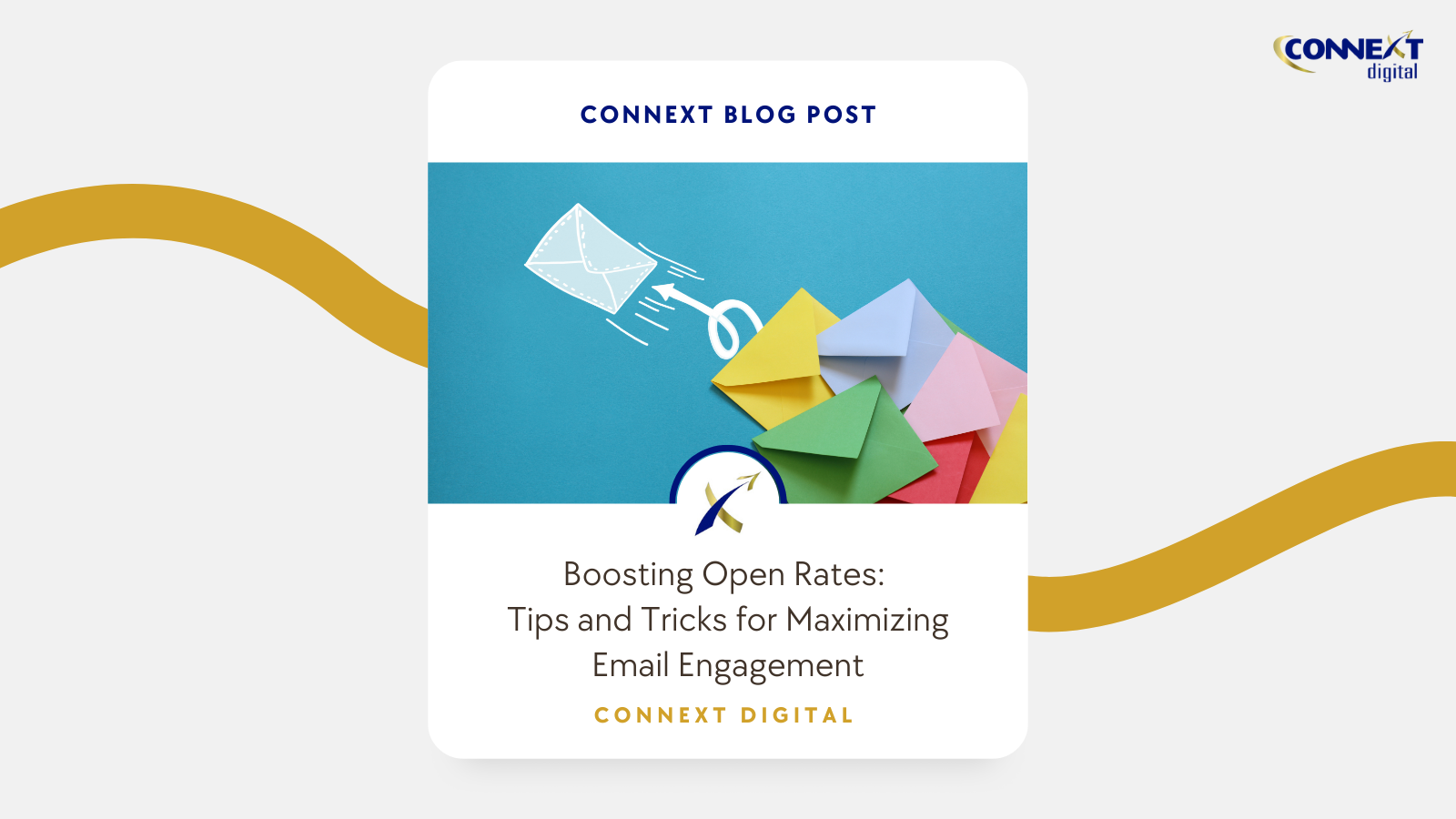
4 Ways to Use Data to Optimize Your Email Marketing Strategy
With around 250 billion emails sent daily, it’s no wonder email marketing remains as marketers’ go-to channel. In addition, it’s been found to deliver the best ROI among all platforms. It’s a cost-effective way to promote your brand, get in touch with your customers, and meet your business objectives.
One of the elements that make email marketing successful is its utilization of consumer data. With user data on hand, you can create data-driven strategies for your email marketing campaigns, send relevant and timely emails to the right group of users, personalize your messaging, and automate the entire process. Data determines what works and what doesn’t so that you can optimize for better results.
Let’s take a better look at these benefits.
Segmentation
A report by Ascend2 found that segmenting email lists, as well as customized campaign messaging, are the most effective personalization tactics, influencing marketing by 51% and 50%, respectively, and generating 58% of total revenue. However, it’s been found that 42% of marketers aren’t doing those strategies.
With prospects and customers’ data, you have the opportunity to create highly targeted segments. Aside from grouping by demographic, preferential, and transactional data, you can also select specific data from each type to enhance your targeting.
Segmentation is simple; you can easily find the data you need both on your email blast service and analytics providers. But, it can be challenging to define what to base your segmentation on and how to use each segment.
Personalization
Much like segmentation, a considerable percentage of brands were found to disregard personalized emails despite it delivering six times higher transaction rates than non-personalized ones.
Segmentation is a big part of personalization, significantly helping you in tailoring emails. Use your segment selection criteria to send out a message that will resonate to them, like offering discounts to loyal subscribers or showing products based on their preferences.
Timeliness
Your email marketing campaign, no matter how great, can be easily ignored without proper timing. The right time to send your message depends on your goal and the moment of the month, week, or day you send the emails. Much like personalization, grouping your audience will also help in determining the right time, as well as testing based on your goals. Checking out mailchimp pricing will help you understand the options out there that can improve your testing of these goals.
Automation
Triggered emails are sent automatically, but without data, this would be impossible. To begin with, you wouldn’t know what kind of message to communicate based on what specific actions were taken by the audience. There’s also the problem of not knowing the best time to deliver it.
With that, let’s discuss to the types of data that you can collect and use to optimize your email marketing campaigns.
1. Demographic Data
Demographic is merely the name, age, location, and gender information of your audience. This can easily be collected when they sign up to your service or buy something. Because such details rarely change, it’s ideal to use in different email marketing strategies.
For instance, you can personalize emails by addressing the recipient by their first names, either on the subject or the body. Many email service providers will allow you to do this. Having your customer’s name in the subject line reportedly increases the open rate by 16%. It also helps in segmentation as you can create lists based on the users’ demographics.
Furthermore, don’t be afraid to do some research into the keywords your target audience are searching for online and then structure your content around these topics. As this article ranking payday loan keywords by itbriefcase.net demonstrates, SEO techniques have wide applications to various industries.
2. Behavioral Data
Behavior may be the most reliable indicator of your audience’s interest. You can collect this data from the number of opens or clicks your emails get. A common type of behavioral data for email marketing is a cart abandonment trigger. This also includes products, services, or pages browsed and abandoned forms.
You can segment your customers based on their actions, and then send helpful and relevant emails to them. Different email marketing platforms can also combine marketing tools with historical email data to create custom segments based on your interaction with customers.
3. Transactional Data
For
4. Customer Preferences
Preferential data are information that would likely to change and become irrelevant over time, like your customers’ ideal products, services, brands, size, or category. To maintain the applicability of this data, you can prompt groups of customers whom you deem need to update their preferences.
Wrap-Up
Much like the technologies that made it possible, email marketing is also advancing. What worked in the past may not be the best strategies to adopt today. You also need to look into the new elements and trends to have a concrete plan that brings success. Knowing how to use consumer data skillfully will help you in reaping the benefits of email marketing, so begin optimizing today.





